Xiaomi, a company that rose from nothing to greatness in the span of a mere 5 years. In those years, the company has produced a surprising number of devices. While some were better than others, all of them are significant to the Xiaomi of today.
Today, we're going to take a look at every Xiaomi device ever made, from the Xiaomi M1 to their recent Mi Mix. Just to remind all of you, this is simply my opinion, and none of this is definitive or fact. I've ranked them all based on how good they were, what effect they had and how well remembered they are.
So without further ado, let's begin this countdown, starting with the worst Xiaomi of the bunch!
39. Redmi Note Prime
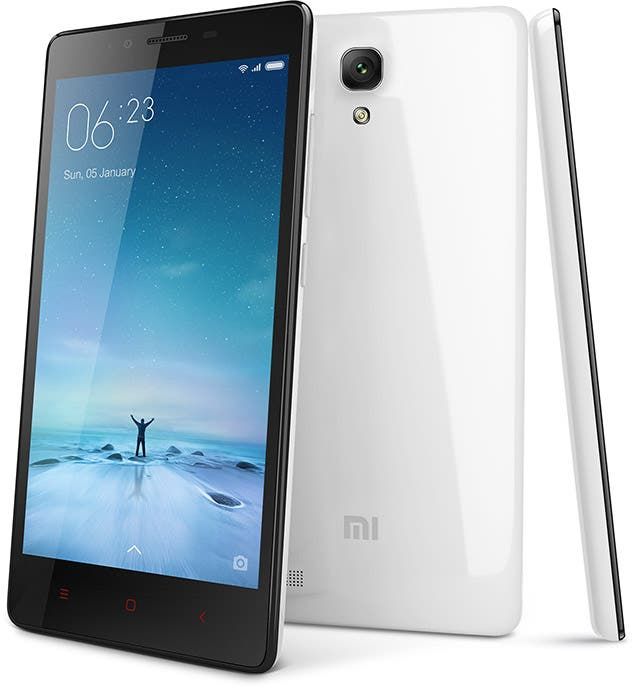
Talk about a real disappointment. The Redmi Note Prime was launched in December 2015 to plenty of hate and anger. This was mainly due to the fact that it was a poor replacement to the (at the time) much awaited Redmi Note 3. Not only was it at it's core the same as the Redmi Note 4G, it wasn't even as good.
On top of that, the devce was also priced much higher than it should've been, and Xiaomi had the gall to market it as a phone 'made in India, for India'. It's such a bad device, even jokes about it aren't funny. This, along with the outdated design, specs and pricing, make it an easy pick for dead last on this list.
38. Xiaomi Mi3 (TD-SCDMA)
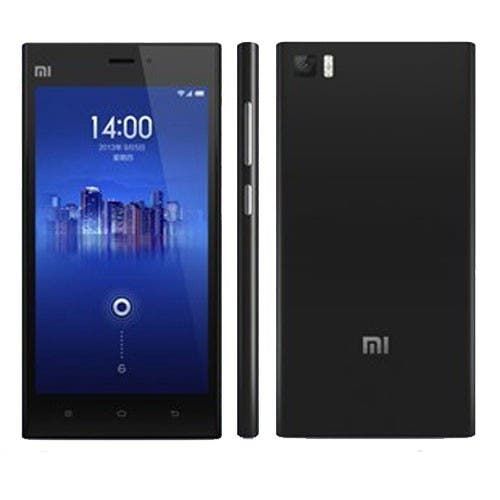
Back when the Xiaomi Mi3 launched, there were two variants of the device announced. There was the typical Snapdragon powered WCDMA version that worked for pretty much everyone, and there was the much maligned TD version.
The Mi3-TD was powered by the Tegra 4 chipset and was made exclusively for the Chinese market, so it made sense for Xiaomi to out this model first. It slowed down production for the WCDMA units, but it was a fine choice.
It was then that Nvidia decided to back out from the deal, basically leaving the Mi3-TD out in the cold. As result, Mi3-TD couldn't cope with some of Xiaomi's updates and soon became an overheating mess. That and the idea that the international Xiaomi Mi3 got delayed for more of these puts it this far on the list.
37. Xiaomi Mi4i
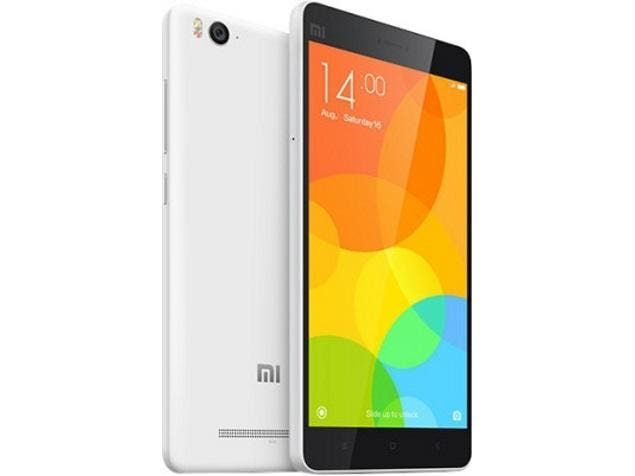
Ah, we all know this device, don't we folks? The Xiaomi Mi4i was possibly the first Xiaomi smartphone to receive close to international hate and disdain. The reason for this was the use of Snapdragon's frequently problematic Snapdragon 615 chipset, but there's more.
The Xiaomi Mi4i was treated as a flagship device for many countries. When it was brought to India, Xiaomi placed it on a pedestal and called it the 'Flagship for India', and the 'Mi4 International', which was a really bad move. People took this to mean that a mid-range device was the best Xiaomi was willing to put out for the international market, and quickly began a hate train against the company.
The Xiaomi Mi4i would eventually launch to a plethora of problems, amongst them being overheating, performance throttling, subpar camera performance and build issues. Which is a shame because the device was actually not too bad once all of it's problems were removed. This gets this spot here because it's the most well known Xiaomi screwup, and the one that affected them the most.
36. Xiaomi Mi Note Pro
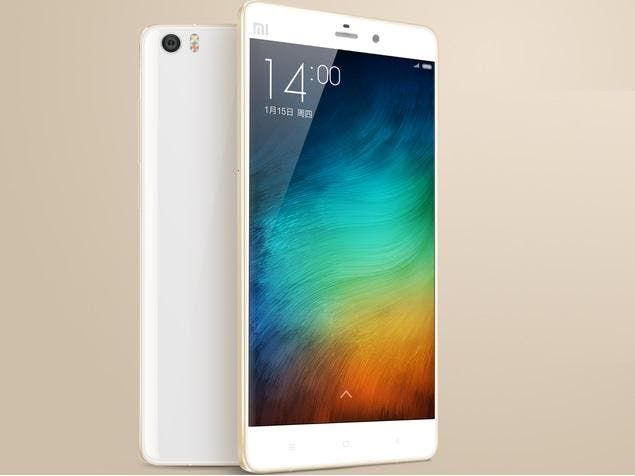
Now I hear you saying "But the Mi Note Pro wasn't a terrible device", and I digress, it wasn't too bad of a device. However, when you factor in how much it was hyped up, as well as its many performance issues and overall redundancy, it becomes a top contender for bottom spot.
The Mi Note Pro had the misfortune of being market as a superior version of the original Mi Note. It was priced much higher than it should've been, and Xiaomi wouldn't stop trying to promote it as the most powerful device on the market. And then it didn't actually deliver thanks to the terrible chipset that was the Snapdragon 810.
On top of the typical overheating and performance throttling, the Mi Note Pro also had absolutely terrible battery life. It was soon overshadowed by other better devices like it's own brother, the stellar Mi Note, and became a redundant and pointless device that did the company no favors whatsoever. And thus, it ends up this low on the list.
35. Redmi 2A
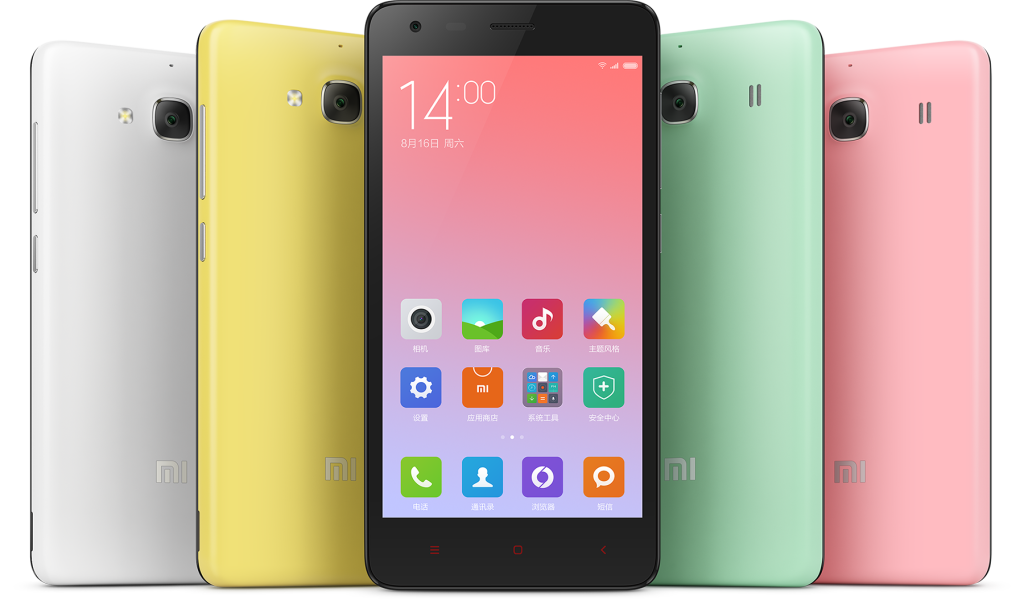
Speaking of redundancy, here's one device that was redundant BEFORE it even went on sale. The Redmi 2A was Xiaomi's attempt at using Leadtek technology in their own products, and this was the result.
There's not really all that much too say here aside from it was a cheaper, much weaker Redmi 2. The main problem was that the Redmi 2 was already an affordable device, nobody needed this at all. It didn't sell well and in the end just became another relic of the past.
34. Redmi 2

The Redmi 2, the much anticipated sequel to the already well liked Redmi 1S and Hongmi. And truth be told, I'm not sure anyone was really pleased by this device the same way they were with the Redmi 1S, nor was it what everyone was waiting for.
The biggest problem with the device was that it wasn't really that much more better than the Redmi 1S it was meant to replace. Everyone was hoping for a bigger battery, better performance, more RAM and more storage. What we got was a slightly larger battery and the same performance, RAM and storage.
While this doesn't sound too bad, what makes this device place so low is the fact that Xiaomi pretty much buried it a mere five months later with the Redmi 2 Prime which was basically the device everyone wanted from the start. With that, the device places right here.
33. Redmi Note 2
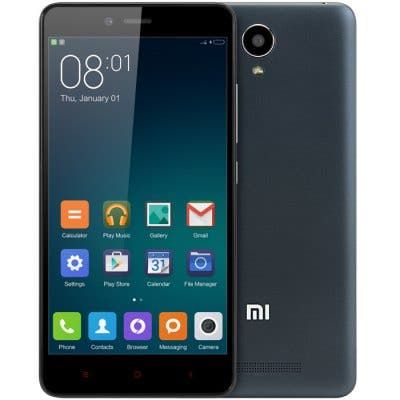
Ah, the Redmi Note 2, where did it go so wrong? Well for starters, the device shipped with multiple bugs and problems, and build quality was a mess. Performance was good, but it wasn't enough to blow away the competition like the original Redmi did.
But the biggest problem with the Redmi Note 2 was the battery bug. Anyone who used the Redmi Note 2 for an extended period time knows exactly what I'm talking about. The Redmi Note 2's battery would randomly drain incredibly fast for apparently no reason at all. This issue affected a LOT of Redmi Note 2s, so it gets one of the bottom spots for it.
32. Xiaomi M1S
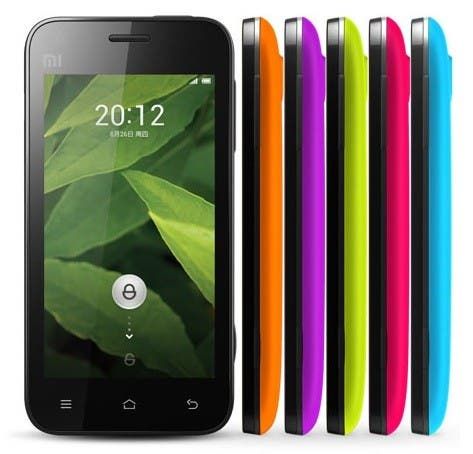
This device is here for one reason and one reason only. It birthed the Xiaomi tradition of making multiple variants of a single device. You know all those variants of the Redmi 3 that made the one before it redundant? This device is the source of all that.
Also, it just wasn't that good of a device considering the M1 was still in the market and the Mi2 came at nearly the same time. The Mi2 was simply a better device than the M1S, and the M1S was rendered obsolete as soon as it came out. The device itself wasn't bad, it just wasn't needed.
31. Xiaomi Mi5S
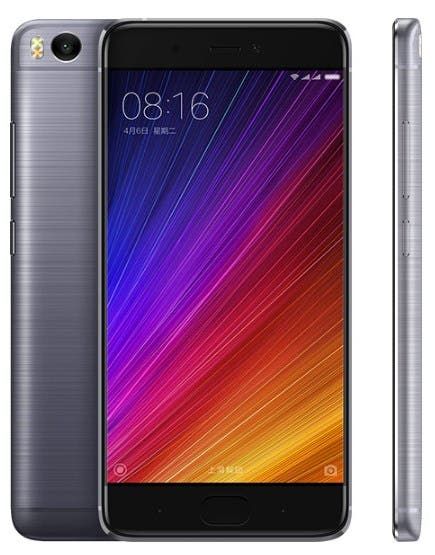
One of the newer devices on this list, the Xiaomi Mi5S isn't like the previous devices in that it's not a bad device. In fact, it's a pretty decent device, it's just completely aimless and didn't do anything to move Xiaomi forward in any way. It's just a filler device, and one that isn't all too interesting either.
The Xiaomi Mi5S also had the misfortune of being launched alongside the much better Mi5S Plus, which is superior in almost every way. It's a shame because its predecessor the Mi4S was in a similar position but still managed to carve a niche for itself. So for being an aimless and pointless device, the Xiaomi Mi5S gets this spot on the list.
30. Redmi 3X
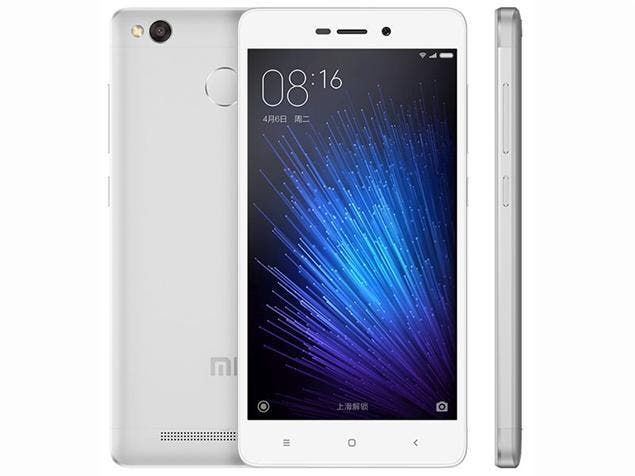
And the winner of the "why does this exist?" award is the REDMI 3X! But on a more serious note, I really don't have any idea why this exists. It's even more pointless than than the HTC One A9, that's how pointless it was.
The idea is that the Redmi 3X would be the slightly better version of the Redmi 3S, with a fingerprint scanner and a slightly more internal storage. This is fine. The thing is, the 3S and 3X were released a month between each other. Yep, a single month.
As if that weren't bad enough, the device was the succeeded by the much better named Redmi 3S Prime a mere month after it was released, instantly rendering it pointless. Even the prices were similar, which meant there was simply no reason to pick the 3X over the 3S Prime. I can't help but feel sorry for people who purchased this only to see it replaced so quickly.
29. Redmi 2 Pro/Prime
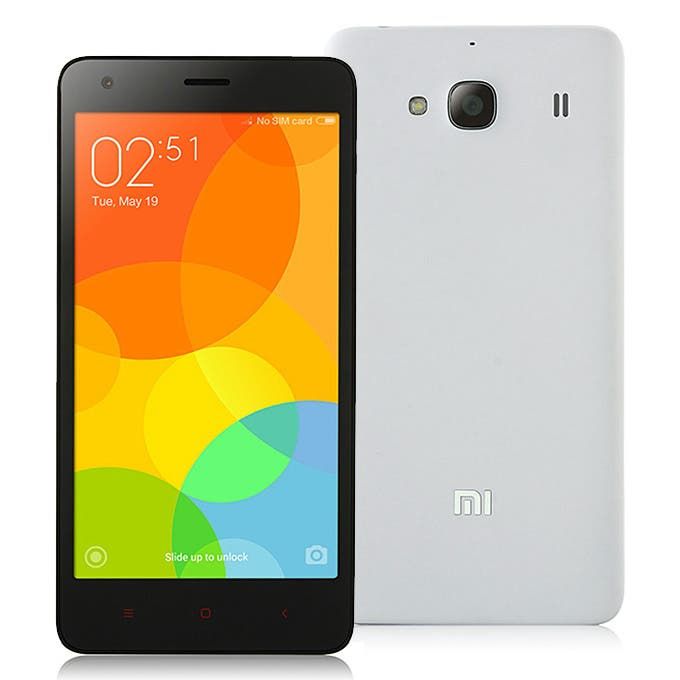
So yeah, this spot is taken up by two devices, because for the life of me I still can't tell what's the big difference. Both are upgrades to the Redmi 2 that feature the same specs and were late to the market by a few months.
They were still improvements over the Redmi 2, it's just that the Redmi 2 was losing steam way too fast. By the time these two came around, the Redmi 2 just wasn't a relevant device anymore as the market became more saturated with cheap, quality devices.
28. Redmi 3S
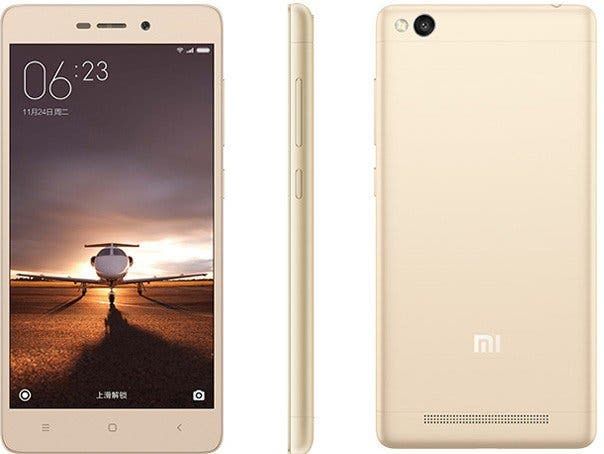
The Redmi 3S scores this spot because it's simply the most disappointing and pointless of the Redmi 3 family. It's not the worst of the family, none of them are bad in a major way, it's just the Redmi 3S should've been so much better than it was.
Instead of a upgrading all the features like the Redmi 3 Pro did, the Redmi 3S pretty much the same as its predecessor. The Snapdragon 430 chipset was all that wash changed from the original Redmi 3's Snapdragon 616. The amount of RAM and internal storage were exactly the same. The kicker however is that it was replaced after a brief period of two months.
27. Redmi 3

The original, the one that birthed all the others. Also the only one to sport that unique criss-cross grandma pattern, so it's easy to identify out of a crowd. The Redmi 3 was a good device, it just lacked some features that people wanted, like more RAM and a fingerprint sensor.
Of course, what we didn't know was that this was merely a small part in Xiaomi's ploy to sell us the same device over and over again with only small changes. It may have seemed like a good idea then, but we quickly got tired of it. The result? The Redmi 3 line is now considered one of Xiaomi's product lines, which doesn't really reflect the quality of these devices.
26. Redmi 3 Pro

The Redmi 3 Pro is in my opinion, the second best of the Redmi 3 devices. This is simply due to the fact that it has a slightly worse processor than the 3S Prime. Aside from that, the two devices are practically identical.
As I finish writing up on the Redmi 3 variants, I've slowly come to realize that this is the first time Xiaomi's attempted to do something as odd as this. I understand that this was their attempt at staying relevant in the news and to keep people talking about Xiaomi, but it's clear that it's had the opposite effect. Let's hope they don't try this again in the future.
25. Redmi 3S Prime
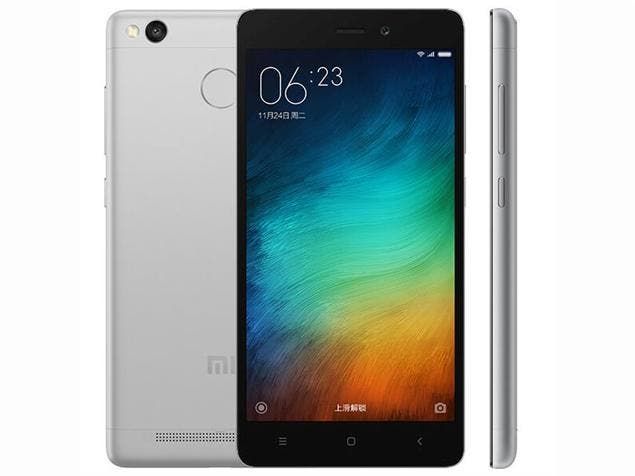
The Redmi 3S Prime, or in other words, the final Redmi 3. Truly, it's astonishing how Xiaomi thought they could continue marketing the same device over and over again with just tiny changes to the spec sheet.
The 3S Prime is the final version of the Redmi 3S, which is the version powered by Qualcomm's Snapdragon 430 chipset. With the most features of the bunch, the Redmi 3S Prime is arguably the second best of the bunch, just behind...
24. Xiaomi Mi4C
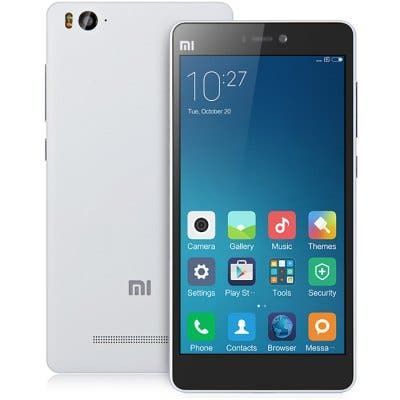
The Xiaomi Mi4C was an attempt by Xiaomi to find a way to salvage themselves after the catastrophe that was the Mi4i. The Mi4C didn't change all that much, it simply featured a new chipset, but that really was all needed to make a difference.
The Mi4C was instantly a better device with the Snapdragon 808 chipset at its core, running apps and games smoothly with no overheating or throttling issues. Some build quality issues still persisted, but the main issue had been mostly eliminated.
The Mi4C's biggest problem was that it came too late. The Mi4i's damage had been done, and the Mi4C simply couldn't patch up the problem. Mi4i even hurt the Mi4C's sales a bit, which is an unsurprising seeing as the two share the same design.
23. Redmi 4A
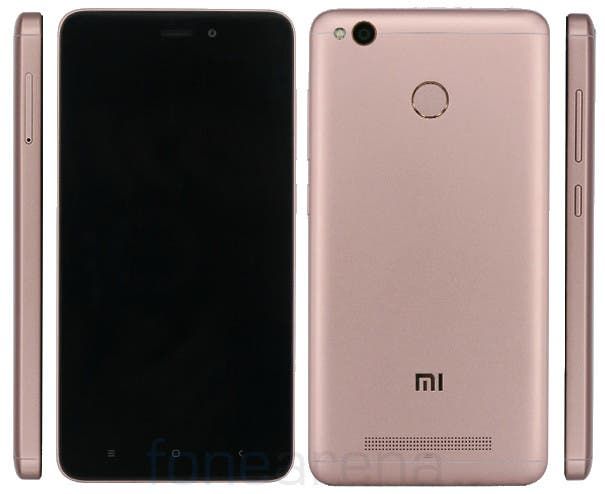
The first variant of the Redmi 4 to appear on this list, and boy is it a good one. The Redmi 4 line is in general much more focused and streamlined than the messy Redmi 3 variants. Each model has its place in the market, and is labelled appropriately.
The Redmi 4A is, as per the words of our own Zijin Cheng, “The Ultimate Budget Phone”, and it's easy to see why. With its extremely low price, it's fully capable of completely disrupting the budget smartphone market, like its great grandfather the Hongmi itself.
Unfortunately, the device isn't the greatest thing ever, and corners were definitely cut to achieve that $70 price tag. Though let's be honest, at $70, nobody's in a position to complain, and the overall package is great.
22. Redmi Note 4G
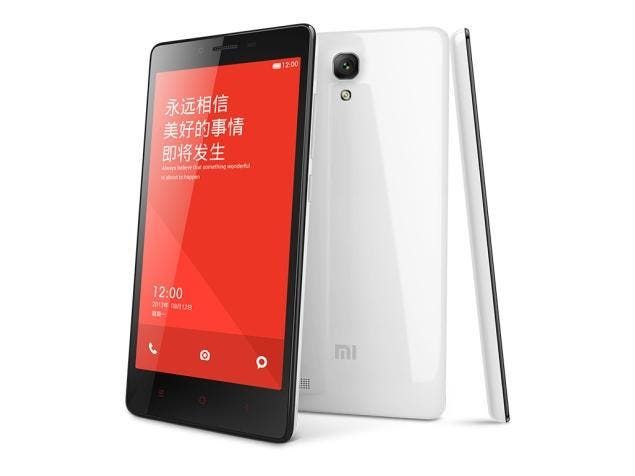
The 4G variant of the Redmi Note is technically the superior version of the Redmi Note, but like that device, it wasn't the disruptive many people hoped it would be. From a performance standpoint, it was even worse than the original.
The Redmi Note 4G eventually still sold better than the original Redmi Note, though only due to how long it was sold for and generally better availability. Make no mistake, it was still a solid device like the Redmi Note before it, we just really should've gotten more out of it.
21. Redmi 4
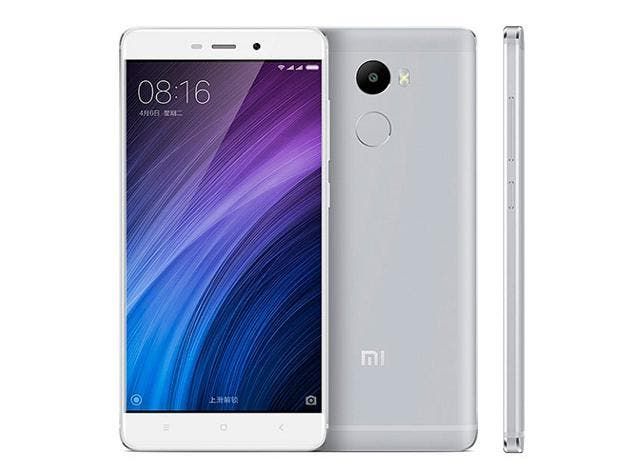
The middle road of the three Redmi 4 devices, and the most balanced of the bunch. It's not the cheapest or the most powerful, but it strikes a nice balance between the two with better build quality and performance than the 4A but a lower price than the 4 Prime.
It's also a step forward for the Redmi line as whole, and a pretty big one at that. With this new direction, we're curious to see where Xiaomi will take the Redmi line next. And we're also hoping they don't run it into the ground like the Redmi 3 line, but we doubt they'll pull that stuff twice.
20. Xiaomi Mi4S
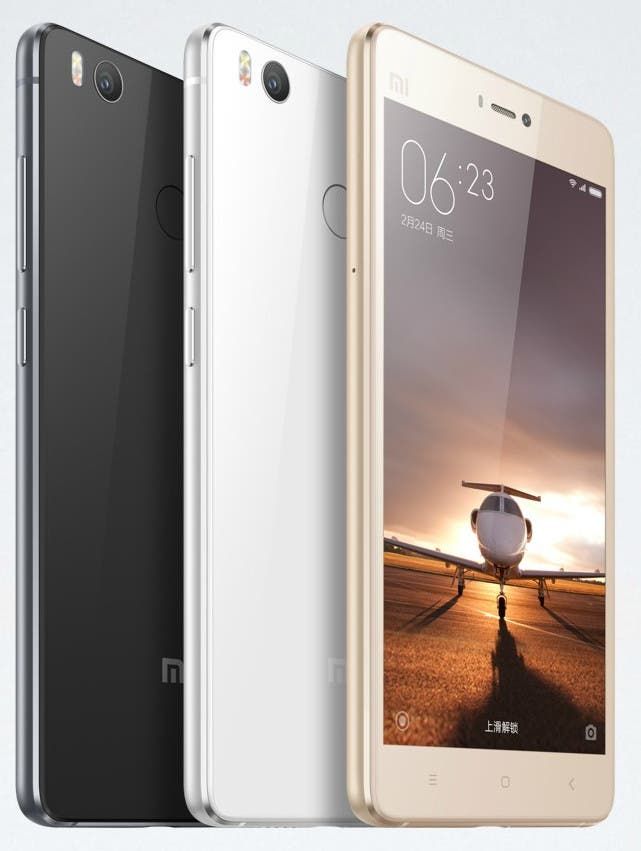
The Xiaomi Mi4S falls into that area where it's technically a good device, but it just wouldn't appeal to anyone because it came at a weird time. It came out not too soon after the Mi4C, so many people who would've purchased this device had already gotten that instead.
On top of that, it was priced awkwardly. It stood in the middle of the much more value oriented Xiaomi Mi4C which had identical specs in a plastic body and the Mi5 which had much better specs and a nicer glass and metal design. Nobody was looking for an inbetween of the two, they just wanted one or the other.
Its limited availability also resulted in a lack of sales, and importing it just wasn't an option because the cost was just too high when the Mi4C the same for less. Though the device itself was still a pretty good device, arguably much better than the Mi4C.
The performance of the Mi4S was great, and the build quality was miles and miles ahead of the Mi4C's plastic body. It even had extra features like a fingerprint sensor, something that was taking the market by storm when the device had launched. It's a shame Xiaomi had no idea how to market this device, it had a lot of potential.
19. Xiaomi Mi2A
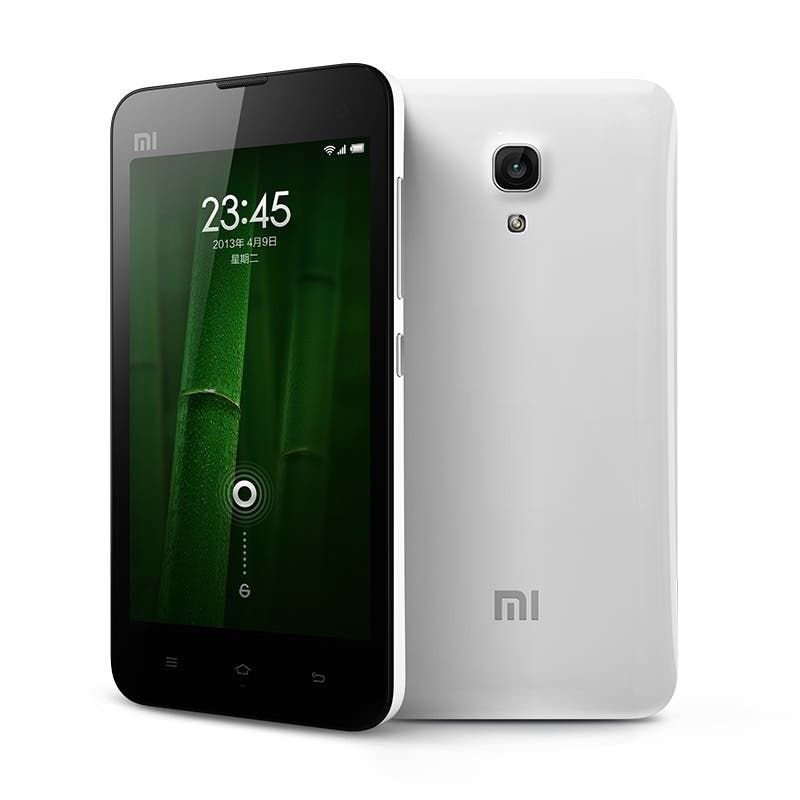
Anyone who remembers the Mi2A remembers that awkward device that sat under the Mi2 and Mi2S in specs, but had a larger 4.5-inch display. The Mi2A was device that had no business being as good as it did, but it was.
The Mi2A's performance, despite being weaker than the Mi2 and Mi2S, was nothing to scoff at. It was still faster than the majority of mid-rangers at this point, and for a variant of the Mi2, it was surprisingly well designed.
Though perhaps where the Mi2A deserves the most credit is for being the device that would later give Xiaomi the inspiration for the Redmi devices. The Mi2A was, after all, their very first mid-ranger, and it opened Xiaomi's eyes to the potential of the mid-range market.
So now, you may be wondering why the device placed so low on the list? Well, that's because it became redundant after the launch of the Redmi devices. They did everything it could do, at a lower price point. It's still a well remembered device, it just didn't really get to do much before getting replaced.
18. Redmi Note 3 (MTK)
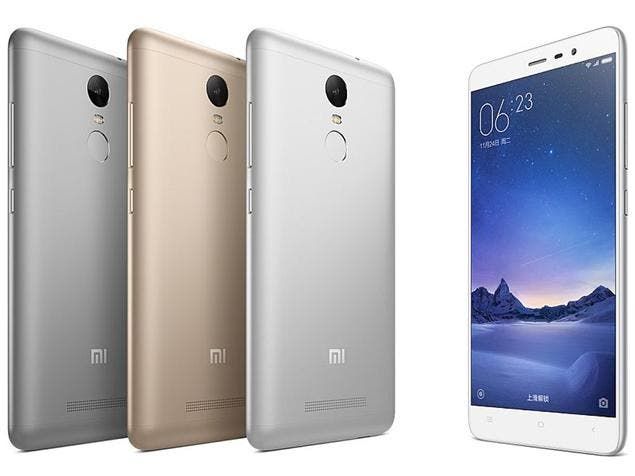
The original MediaTek powered Redmi Note 3 was a good device that simply had too much competition to stand out. On top of the regular slew of Chinese devices, Meizu had just jumped in with their own Blue Charm devices that offered the same for less.
The Redmi Note 3 proved popular for a while, but it quickly fizzled out and got buried under the numerous other mid-range Android devices. It's lack of international presence also hurt it, but that's merely because it was never meant to go international. That honor goes to another device we'll be seeing later.
17. Redmi 4 Prime
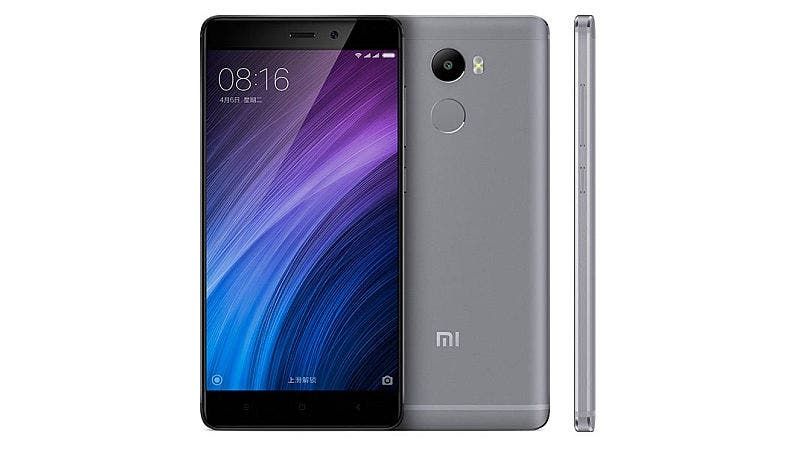
The Redmi 4 Prime is the prime example of Xiaomi's ability to make great devices for low prices. The Redmi 4 Prime is technically the most expensive of the Redmi 4 line, but that doesn't really matter when its still just $130.
In terms of performance and build, the Redmi 4 Prime does really well for the price. The battery is also extremely good, and in the words of our own Zijin himself, "it not only blows the price/performance curve out of the water, it packs 'midrange' specifications into a truly budget price point."
Speaking of which, you can read his review of this device right here. Read it if you have the time, it's a really well written piece that describes the Redmi 4 Prime quite well.
16. Xiaomi Mi Max
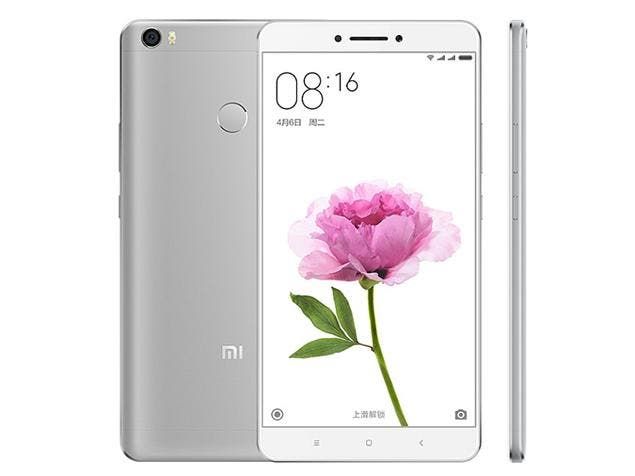
Xiaomi's Mi Max will always be remembered as that one time Xiaomi launched a behemoth of a device that not many people actually bought. The device was huge, and that was its only marketable feature, so it's clear as to why it had such limited appeal.
Under that huge exterior however, there was a quality device just waiting to be owned. To this day, I've found the Mi Max to be one of the most well rounded of Xiaomi's many devices. It doesn't have many flaws, outside of its size being out of the realm of usability for many people.
15. Xiaomi Mi5
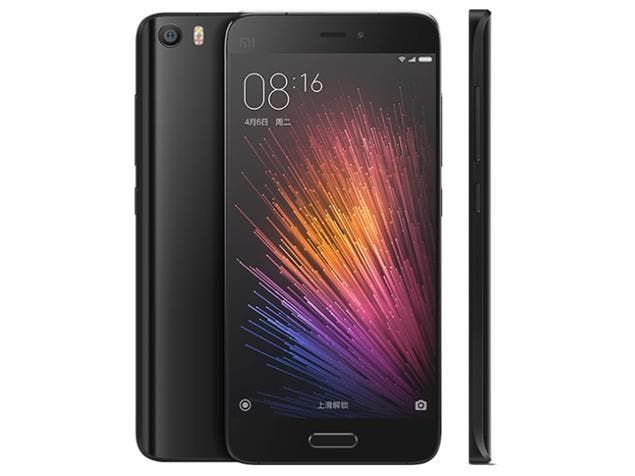
The Xiaomi Mi5 isn't the best Xiaomi flagship, but it is symbolic of Xiaomi's step towards a more ambitious view. The device is most well known for being the one that was delayed for two years, and was finally launched at CES 2016.
For what it was worth, the Xiaomi Mi5 sounded like an absolute beast of a device during its launch event. A 16MP camera with four axis stabilization, extremely high specs, ceramic rears, a nice design, it sounded like everything we'd been waiting for.
Then reviews started pouring in and people slowly realized that it wasn't going to live up to the hype. A real shame too because for a while, it seemed like this device would be the one that would bring Xiaomi everywhere.
Now, the device's issues could definitely be overlooked, but the problem was that Xiaomi had dug their own grave by creating too many competitors. The Mi5 on its own was good, but next to things like the Axon 7 and OnePlus 3, the Mi5 quickly lost steam and failed to sell as well as Xiaomi had hoped.
14. Redmi Note
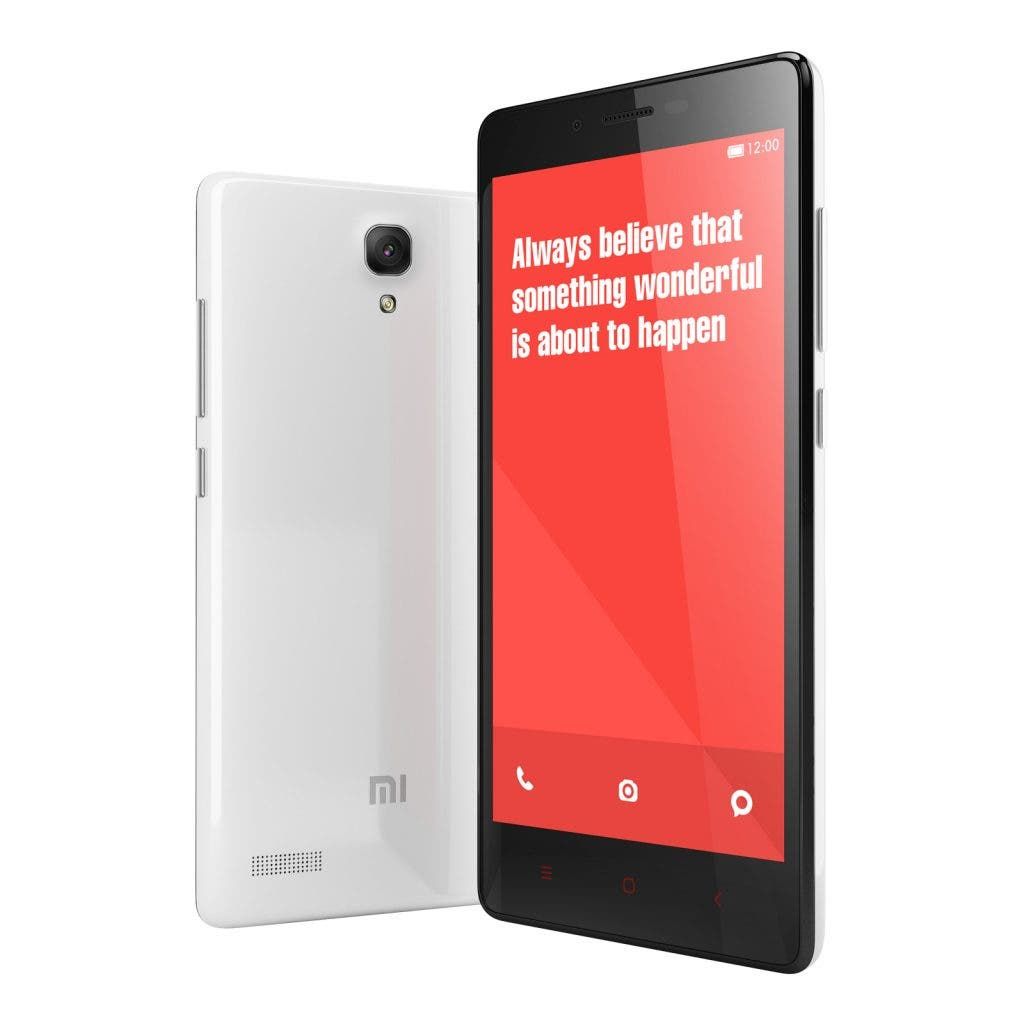
The original MTK powered Redmi Note always had the issue of needing to live up to its older brother, the Hongmi. Despite the two aiming for two completely different markets, comparisons between the two were common, and the Note tended to get the short end of the stick.
Unlike the Hongmi, the Redmi Note didn't really stir the budget phablet market up in a profound way. It was still a decent device, it just never really stood out from the pack in the same way the Hongmi did. It did relatively well in sales, and though nobody knew it yet, this device line would later birth one of the most important Xiaomi devices of all time.
13. Xiaomi Mi4
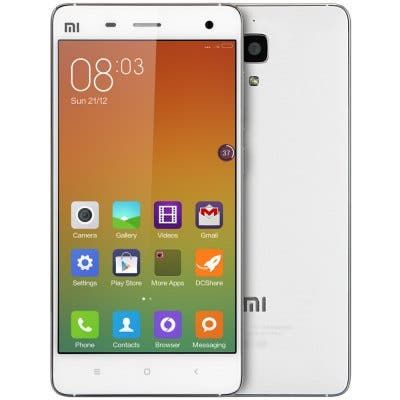
Here we are, the Xiaomi Mi4 in all of its glory. The device that people eagerly waited to replace, only to return to after all was said and done. Honestly, the Mi4 was pretty disappointing when it launched, but time slowly brought good qualities up to the surface.
The device deviated from the massively successful Mi3's design, adopting a metal sandwich look. This unfortunately caused multiple accusations that Xiaomi had copied Apple's iPhone, despite the two looking nothing like each other.
The device was solid, for all intents and purposes, it just wasn't that big of an improvement over the much beloved Mi3. People were still unhappy over the change in design from the much more unique Mi3 to the Mi4's sandwich design.
Months later however, the Mi4 slowly became more accepted for what it was instead of what it wasn't. The build quality for example was amazing, much better than any of its competitors at the time. The device's removable rear resulted in plenty of customization options. The device was incredibly reliable, and it slowly became a much loved staple in the Xiaomi lineup.
12. Redmi Note 4
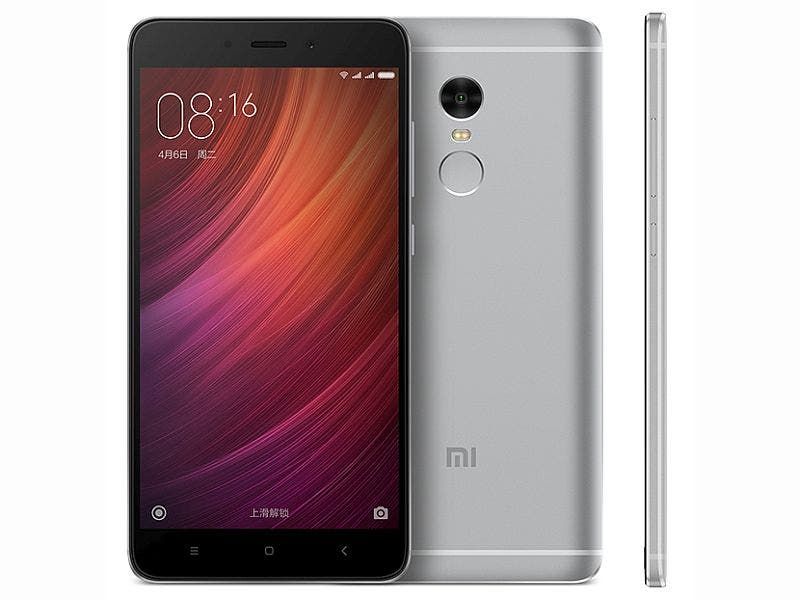
The latest rendition of the Redmi Note line is also one of the best. The Redmi Note 4 may not have gained icon status like it's predecessor the Redmi Note 3 Prime, but as a successor it's still a fantastic device.
If you've been reading all these entries, you may know how this one goes. It suffers the same fate as many other good Xiaomi devices. The Redmi Note 4 is fantastic, arguably the “THE BEST REDMI NOTE YET!”, but it's not the most successful. At least not yet.
The Redmi Note 4 is still only available in China and is currently awaiting its international variant to launch. Of course, it's only a matter of time before it makes an appearance, and TENAA leaks of the thing have already started to appear, so we'll get to see pretty soon whether it'll successfully live up to the legacy of its predecessor.
11. Xiaomi Mi5S Plus
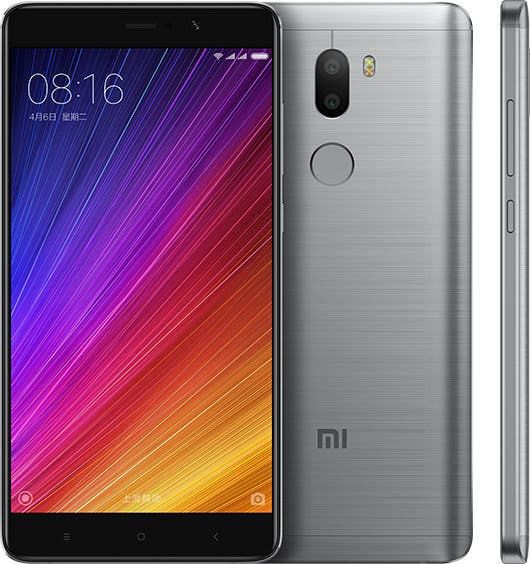
The Xiaomi Mi5S Plus is a device I honestly wish I could rank much higher, but it hasn't really done much for the company. Even in terms of design and features, it's really just a Redmi Pro 2, which is a shame since it's an incredibly good device.
This is basically the device the Mi5 should've been back when it was launched, it's just such a complete package. The specs are top of the line, and so is everything else it's packing. I'd even say it's a better follow up to a flagship than the Mi2S, and that's the definitive Xiaomi follow up device.
The main problem of this device is that Xiaomi launched in exclusively in China, thus limiting its reach and appeal to mainstream audience. It's a real shame, because this device is just such a nice smartphone in so many aspects. It was also unfortunately launched along with the Mi5S, which isn't very good at all.
10. Mi Note 2

The Mi Note 2 has books a spot in the top 10 by sheer quality alone. It's not as innovative as the Mi Mix it was launched along with, but it is definitely the more practical of the two devices. Even though it was overshadowed, it still managed to stick in people's minds thanks to its specs and design.
Adopting an evolved version of the Mi Note's curved glass design, the Mi Note 2 is one of the smexiest devices on the market. In the words of our resident Andi, "it’s a damn classy handset and one which is just a joy to hold. The beautiful design is backed up with quality materials and a build quality that is second-to-none!"
The specs are also top of the line, with no apparent corners being cut anywhere. So, why is the Mi Note 2 not closer to the top? Well, while no apparent corners were cut from the spec sheet, corners were in fact still cut. The display wasn't the best, the cameras weren't top notch as expected and general performance wasn't matching up.
This was a terrible first impression for the device, and had sullied its reputation quite a bit. Later updates would fix some of these issues, but the damage had been done and people were starting to avoid the device. Despite that, it's still quite an impressive smartphone and it gained Xiaomi a lot of coverage, so I'm going to place high on the list.
9. Redmi Pro
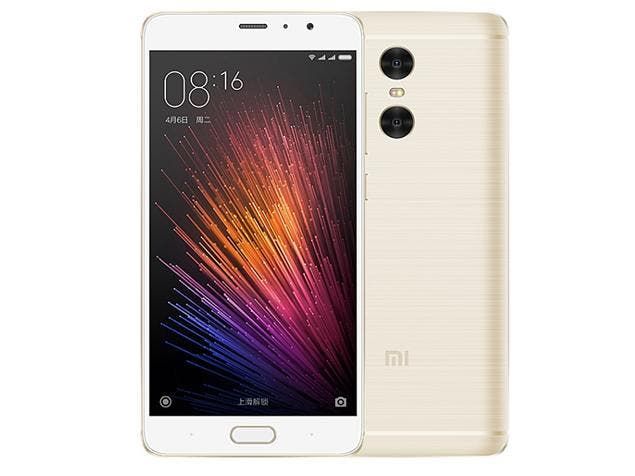
Out of the devices on this list, I feel like the Redmi Pro is by far one of the most underrated of the bunch. It's not the most powerful device, but it's by far one of the most refined on this list, and it's unarguably the best Redmi device out of the bunch.
It may seem like a not too important device, but the Redmi Pro signifies a lot of firsts for the Chinese start-up. It was the first Xiaomi device to feature an AMOLED display, the first with dual cameras, the first Redmi to successfully breach the premium market and a great device to start a new line of devices with.
On top of that, the Redmi Pro simply gushed with quality. It featured the best build quality of all the Redmi devices, and even the design was later adopted for the Mi5S and Mi5S Plus. And despite me saying it's underrated, it's also received the best reviews amongst the Redmi family of devices. The Redmi Pro might not be the most influential, but it's also a brave step forward for the company, and as such it ranks in the top 10.
8. Xiaomi Mi Note
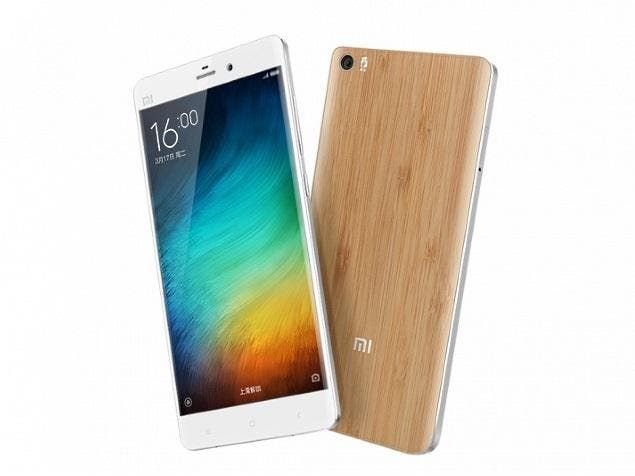
The first of the Mi Note line, and one of the only devices from Xiaomi that managed to stand out from back when Xiaomi were trying to find an identity. The Mi Note was an interesting device for Xiaomi and their development, as no one expected this device when it launched.
When the Mi Note was announced, it was the most expensive Xiaomi device available. This brought onto it an undeserved amount of flack, but now it's more appropriately remembered as the first time Xiaomi attempted to breach the premium market.
The Mi Note is notable (hyuck) for being the device that introduced us to Xiaomi's new approach to design, and gave Xiaomi's main line of devices an identity for themselves. The design of the Mi Note would later return to the Xiaomi Mi5, as well as evolve into the Mi Note 2's design, for better or for worse.
What was great about the Mi Note as a device was its overall solidness as a device. It had a good camera, good performance, great build quality, a nice design and was just a good device overall. It filled the gap between the Mi5 and Mi4 decently well, and as an instrumental part of Xiaomi's design in recent years, it gets this spot on the list.
7. Redmi Note 3 Prime
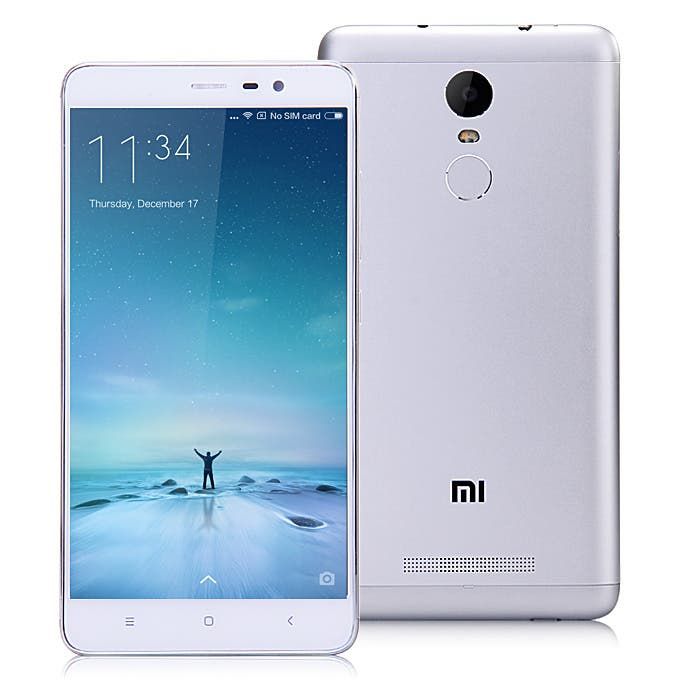
The Redmi Note 2 wasn't the best of devices, but thankfully Xiaomi quickly got back up and released one of the best mid-range devices of the decade, the critically acclaimed Redmi Note 3. Featuring great performance and a deliciously affordable price tag, Redmi Note 3 was a phenomenon when it hit.
The device quickly become one of the most popular devices in the world, and sold like fresh hot cakes everywhere it went. It successfully managed to become the best selling Xiaomi phone of 2016, and it also completely dominated the mid-range smartphone market for a long, long time.
Even Xiaomi's Redmi Note 4 hasn't managed to make as big of a splash, and people are even now still buying the Note 3 over the Note 4. The Redmi Note 3 is so good, it's even managed to stop Xiaomi from making more variants of it, something that Xiaomi seems particularly fond of doing.
Speaking of the Mi3, the Redmi Note 3 and it seem to have quite a lot in common. Both changed the market around them in profound ways, both stood out from the pack with a combination of build and power, and both sold incredibly well. The Redmi Note 3 is also the device that single-handedly restored Xiaomi's position in the Indian market, which is mind blowing.
Time will tell if the Redmi Note 3 will become as iconic as its higher placing compatriots, though we'll harken a guess that it will. And so with this, the Redmi Note 3 proudly takes one of the top spots on this list.
6. Hongmi
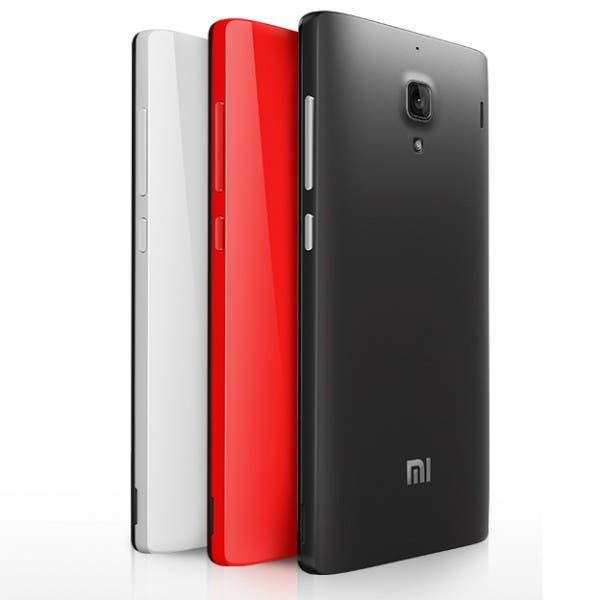
The original Redmi is a legend in the smartphone world, and is arguably as revolutionary as the original M1 itself. Just like the M1, the Hongmi virtually shifted the smartphone market when it launched, albeit the budget side of the market instead of the flagship side.
It came out during a time where multiple smaller Chinese companies were fighting for dominance, and were completely blown away when it launched. It was a no contest, the Redmi had much better software, build quality and performance than any other cheap Chinese phone at the time.
This in turn prompted the Chinese budget market to change, going from el cheapo clones and terrible software to more original designs, better quality builds and better software stability. The Redmi single handedly made the Chinese smartphone market a better place.
On top of all that, the Redmi became so iconic in the budget smartphone that it managed to even outsell some more popular devices. This marked the first time a Xiaomi device really managed to build up a demand for itself, which was an incredible feat back then.
5. Xiaomi Mi2/Mi2S
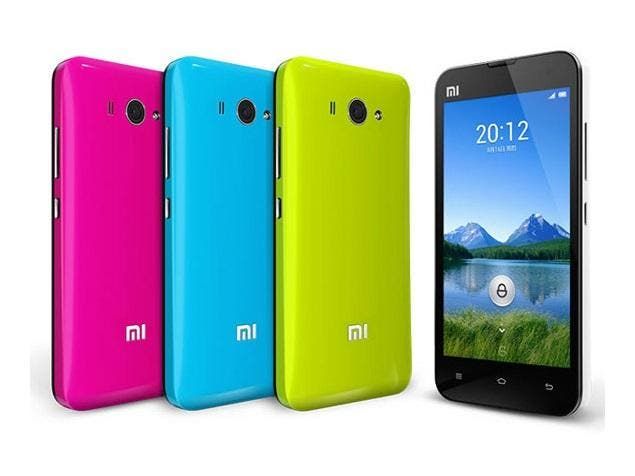
Imagine this. Xiaomi, after the massive success of their first flagship, is now at the forefront of the budget smartphone market. They've been tasked with releasing a sequel to their last device, and to improve on it as well. What do they do? They bloody nail it.
The Xiaomi Mi2 had one job and only one job, showing the world that Xiaomi could remake their success story all over again. And as anyone who has used a Mi2 can attest to, they hit the ball out of the park with the Mi2.
Performance was incredible on the Mi2, as was camera performance and build quality. The specs were top notch, the design was different from the crowd, the software was still the best to come pre-installed on any device. And most importantly, the device was still super affordable.
But on top of that, the Xiaomi Mi2 also successfully expanded on everything the M1 didn't do too well, while still remaining as its own thing. Improved battery life, much higher quality display, more updates, the Xiaomi Mi2 was the very definition of a perfect follow up.
And on top of that the Xiaomi Mi2's follow up, the Xiaomi Mi2S, was one of the best follow ups in Xiaomi history. The device did incredibly well in updating what was needed, and I still know people who actively use their Mi2S phones to this day. That's the sign of a great smartphone.
4. Redmi 1S

The Redmi 1S is basically the Redmi with a Snapdragon chipset, right? So why is it placing above the original? Because even though the Redmi was an incredibly revolutionary device, the Redmi 1S did the same thing on a much larger scale.
The Redmi 1S, unlike the Redmi MTK, was released internationally which instantly boosted it's appeal. And appeal it did, smashing sales for budget devices all over the world (at least where it was sold). And of course, every other company had to adapt to compete with it.
But how was that the device itself? Well, for the time, it was pretty much the best budget device available to consumers. It had a fantastic camera for a budget device, performance was much better than similarly priced devices and that's really just how the rest of it goes.
The main premise of the device was that it did what other devices did, just better and cheaper. And with that single idea, the device beat every other budget smartphone of its time in an incredible fashion. And for that, the device ranks up here with all the other Xiaomi greats.
3. Xiaomi Mi Mix
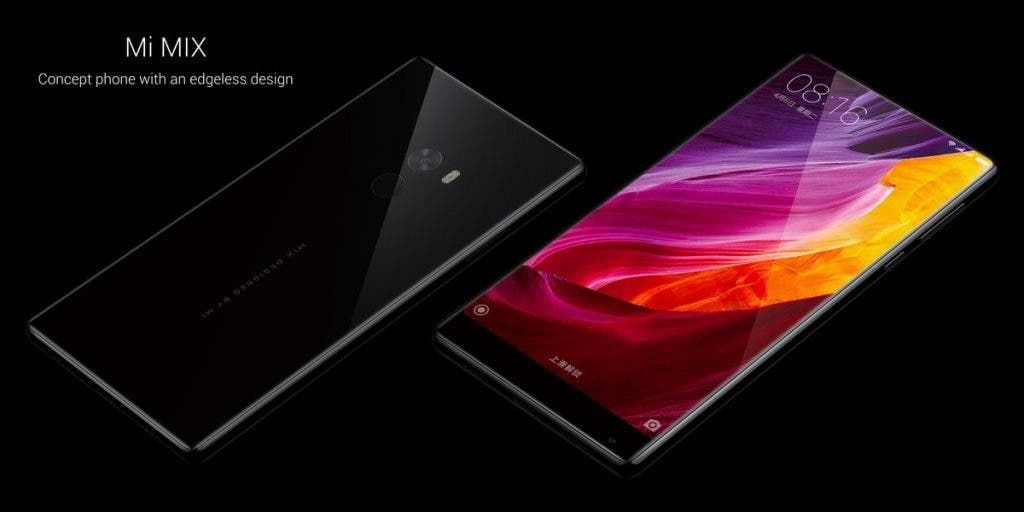
Xiaomi's latest flagship has also be heralded as one of the most interesting devices of 2016, and it's not really much of a surprise as to why. The Mi Mix is one of the most uniquely designed devices of the year, and it easily stands out compared to the drab devices of 2016.
The Mi Mix's claim to fame is its incredibly thin bezel, of which there is barely any except for a small portion at the bottom. While this posed some issues to usability, Xiaomi also implemented several innovative methods of solving most problems one would have with the device.
The Mi Mix is no slouch either, with top of the line specs all around from the 21MP rear camera to the Snapdragon 821 chipset keeping everything running. Perhaps the most interesting thing however is that we finally got to see what Xiaomi were capable of once you let them run loose with everything they have.
The Mi Mix received universal acclaim and praise for its innovative features and gorgeous design, though not everything was rosy. The device's durability suffered as a result of the ceramic rear, and many people complained that the device put form over function as the 6.4-inch display would be tough to navigate regardless of bezel.
The main thing to remember however is that the Mi Mix successfully accomplished its mission. Showing the entire world that Xiaomi means business, and they've got the guns to prove it, as well as create demand for Xiaomi in other markets. While it's not the most functional device, it's still on of the most important in Xiaomi's repertoire, and as such it gets the third place on my list.
2. Xiaomi M1
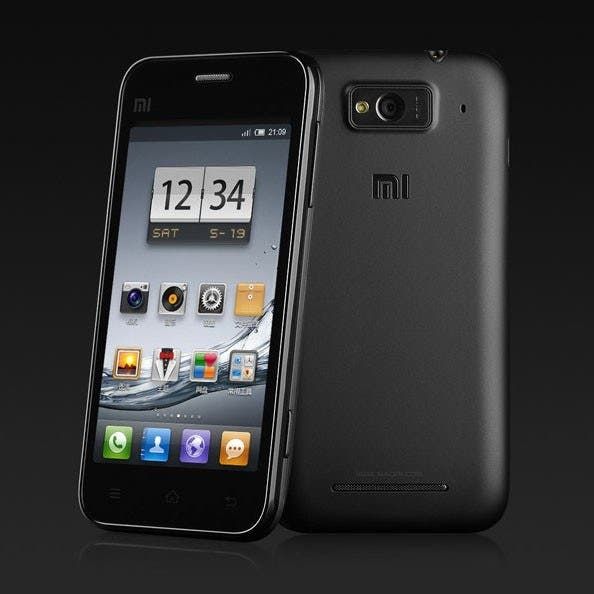
The Xiaomi M1, the original Xiaomi phone from back when people were still confused about how you pronounced Xiaomi. The M1 was a revelation back when it launched, and it still remains as the device that made Xiaomi what it is today.
From a specification standpoint, the M1 was pretty much godlike, besting even the best Andoid and Apple had to offer like the Samsung Galaxy S2 and the iPhone 4. It simply oozed quality in terms of build and design, something most Chinese companies outside of Oppo and Meizu lacked.
What really made the M1 standout from the pack however was the introduction of MIUI as the device's official skin. Back when Android was still a glitchy mess, MIUI was a shining beacon of design excellence. It was originally a custom ROM competing with others like CyanogenMod and Paranoid Android, so it had a healthy community backing it as well, allowing it to improve and evolve very well over time.
And of course, there was the pricing. The M1 was launched for about $330, which at the time was close to half what you would be paying for a flagship device. Of course, the device never hit the mainstream due to Xiaomi's small scale of business, which is a shame. Despite that, the M1 was the device that set the foundation for every Xiaomi device to come, and for that it deserves the second spot.
1. Xiaomi Mi3
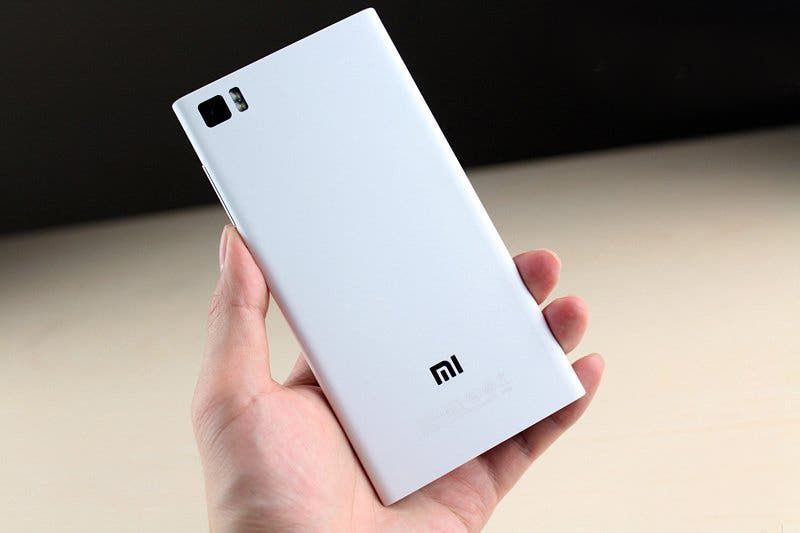
The legendary Xiaomi Mi3, what else could've placed first on this list? The device that managed to not only put Xiaomi on the map but also proved to everyone all around the world that Xiaomi was worthy of being an international brand.
There're just so many things this device got right. Let's start with the design, which looked nothing like anything in the market at the time. Sure, some could argue it resembled a Nokia device, but aside from that the design was completely original. To this day, it's still one of Xiaomi's most unique designs, which is saying something after the Mi Mix.
The specs and performance of the Mi3 were top notch, offering flagship level performance in many different aspects. The camera performance was a notch above the rest, gaming performance was stellar, even the sound quality was good. But what caught the world's eye the most was the pricing.
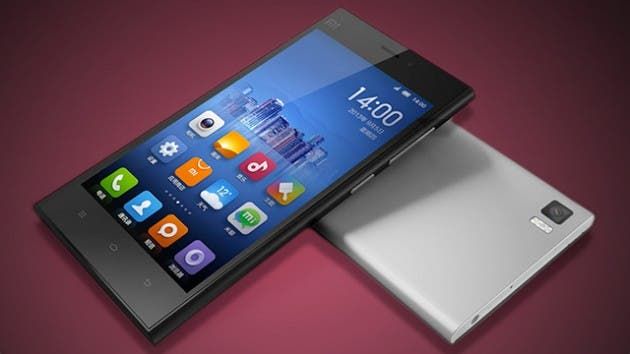
At just $300 at launch, it was destined to be a hit everywhere, but then Xiaomi took it abroad with a huge price cut, bringing the price down to a mere $240. This was when Xiaomi really took the world by storm. Launching the device in multiple different countries, it was an instantaneous hit pretty much everywhere.
The Xiaomi Mi3 also had the biggest impact on Xiaomi and the entire smartphone market. For Xiaomi, it was the device that successfully put them on the world map. For the rest of the world, it was the device that opened people's eyes to the idea of affordable devices with top notch performance.
The Mi3 was also the catalyst for the appearance all of Xiaomi's current competitors. A year after the Mi3 hit, many more affordable flagships started to appear, chief amongst them being the OnePlus One itself. So if you want to know why the current market is so competitive, you know which device to thank.
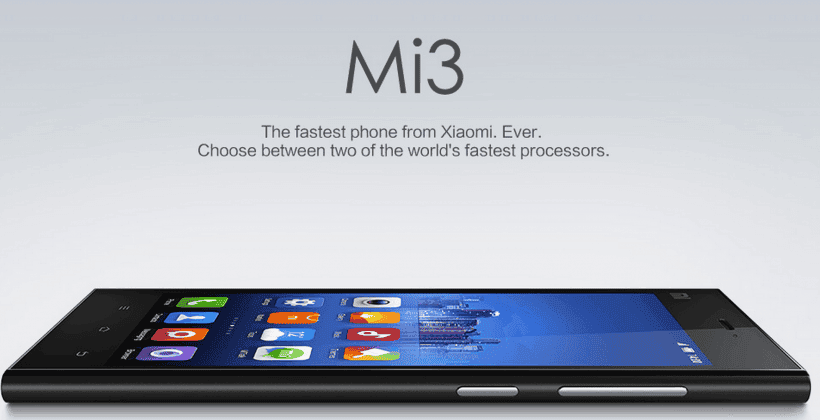
The Future?
Xiaomi is one of those companies that just tends to do completely unpredictable things. They've been doing it since they were created, and it doesn't seem like that'll change soon. Between the revealing release of the M1 to the surprising announcement of the Mi Mix, that's always just been their modus operandi.
So for their future, we can't really tell what they'll do. What we do know however is that Xiaomi will probably continue making devices like the ones above. There will be some bad ones like the Mi4i, but there will also be some incredible devices like the Mi3.

No matter what happens however, we here at Gizchina hope Xiaomi keep up the good work until the end. The company has been an integral part of the Chinese smartphone history, and is one of the only companies that has grown alongside the site itself.
Do you agree with the list? If you do, then tell me in the comments below. If you don't then ALSO tell me in the comments below. All opinions, thoughts and choices are welcome. Feel free to share your experiences with everyone here.
So how should we end this article? Well, there's really only one way, the unboxing of the first Xiaomi device by Andi Sykes himself. One of the most monumental moments in Gizchina's history, straight from 2011. Enjoy it, and have a great day folks.
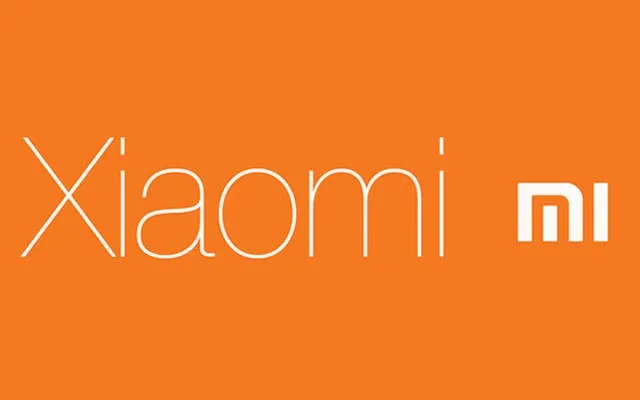





Place comments
0 Comments
You are currently seeing only the comments you are notified about, if you want to see all comments from this post, click the button below.
Show all comments